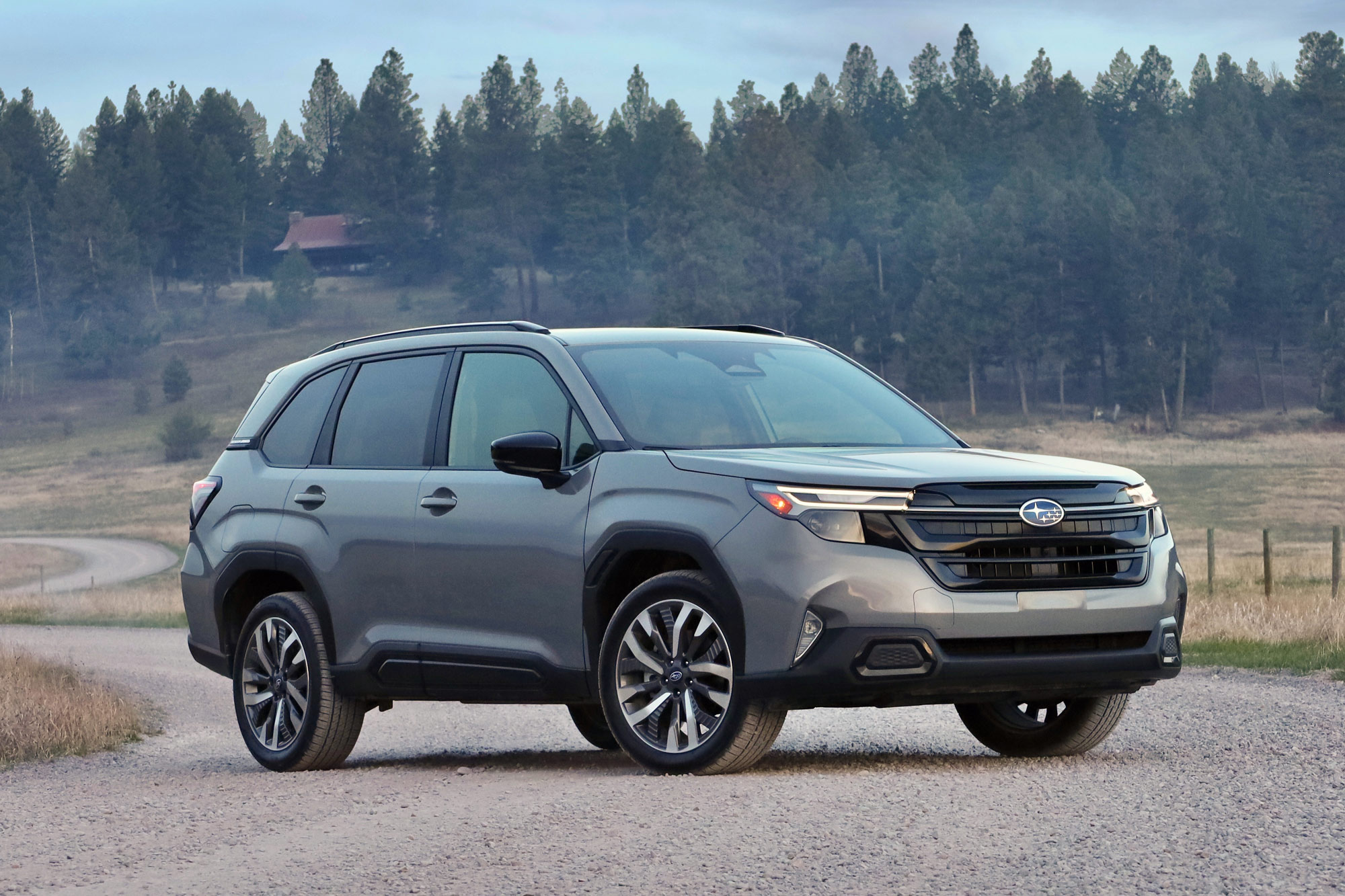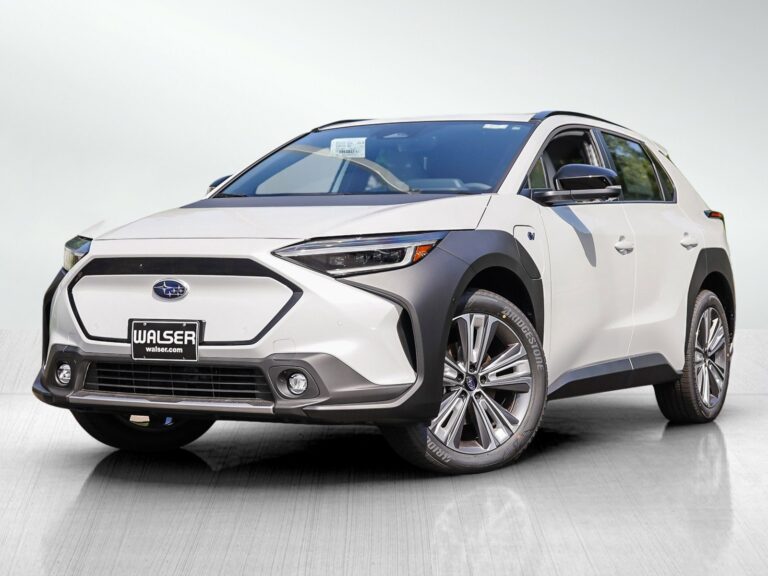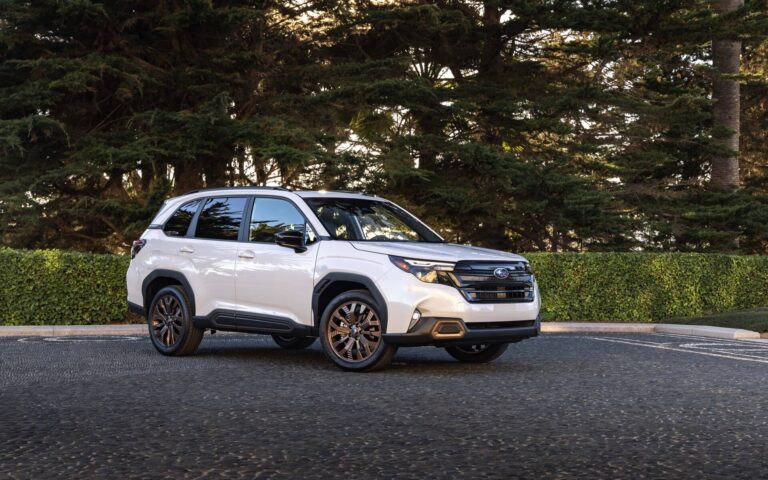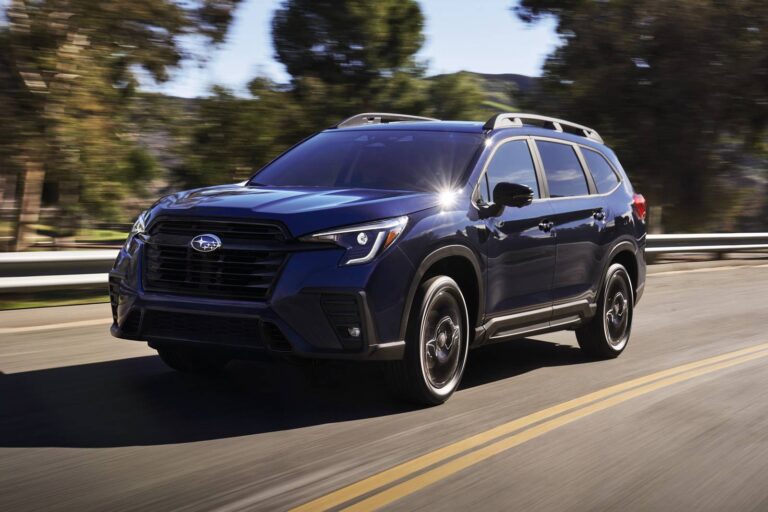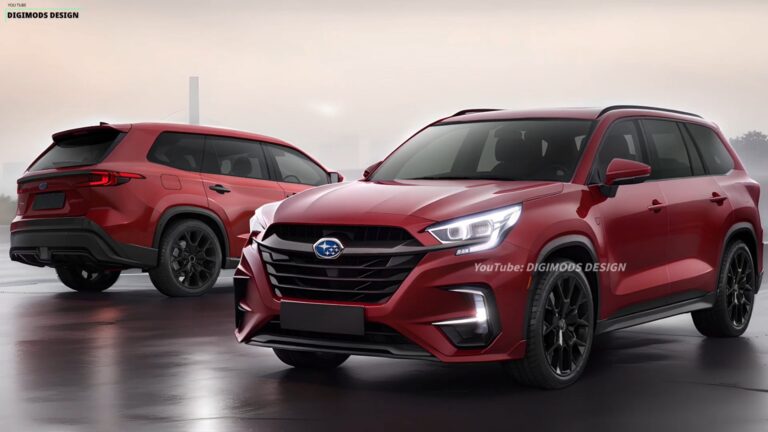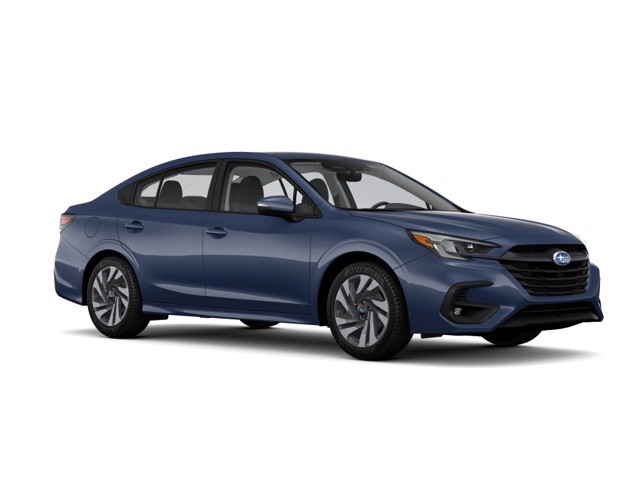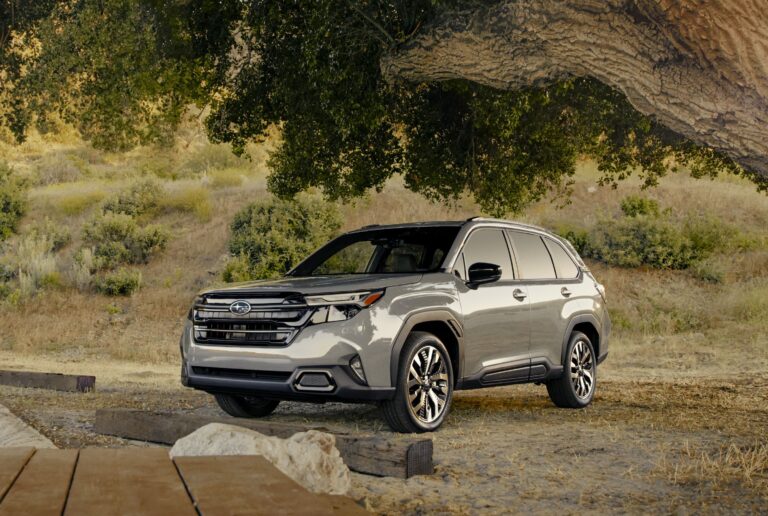2025 Subaru Forester Gas Mileage: Fuel Efficiency in Focus
The 2025 Subaru Forester is poised to make waves in the compact SUV segment, not only for its rugged capabilities but also for its impressive fuel efficiency. With a focus on sustainability and innovation, Subaru has engineered the Forester to deliver exceptional gas mileage without compromising performance.
In this comprehensive guide, we will delve into the details of the 2025 Subaru Forester’s gas mileage, exploring its EPA-estimated ratings, comparing it to its competitors, and uncovering the fuel-saving features that contribute to its impressive efficiency. Additionally, we will provide insights into the impact of driving habits on fuel economy and discuss future trends that could further enhance the Forester’s gas mileage.
Table of Contents
Fuel Economy Specifications
The 2025 Subaru Forester offers impressive fuel economy ratings, making it a great choice for drivers looking to save money on gas.
The Forester’s fuel economy is influenced by several factors, including its engine size, transmission type, and vehicle weight. The base model Forester comes with a 2.5-liter four-cylinder engine and a continuously variable transmission (CVT). This combination achieves an EPA-estimated 26 mpg in the city, 33 mpg on the highway, and 29 mpg combined.
Upgrading to the 2.5-liter turbocharged engine
Upgrading to the 2.5-liter turbocharged engine slightly decreases fuel economy, with EPA-estimated ratings of 23 mpg in the city, 29 mpg on the highway, and 26 mpg combined. However, the turbocharged engine provides significantly more power, making it a good choice for drivers who need extra performance.
Comparison with Competitors
The 2025 Subaru Forester faces stiff competition in the compact SUV segment. Key rivals include the Honda CR-V, Toyota RAV4, and Mazda CX-5. These vehicles offer a mix of fuel-efficient engines, spacious interiors, and advanced safety features.
When comparing fuel economy ratings, the Forester holds its own against its competitors. The base model Forester with the 2.5-liter engine achieves an EPA-estimated 26 mpg in the city and 33 mpg on the highway. The turbocharged 2.4-liter engine offers slightly lower fuel economy, with an EPA-estimated 23 mpg in the city and 29 mpg on the highway.
Reasons for Differences in Fuel Economy
Several factors contribute to the differences in fuel economy between the Forester and its competitors. One key factor is the weight of the vehicle. The Forester is slightly heavier than some of its rivals, which can impact fuel efficiency. Additionally, the Forester’s standard all-wheel drive system can also affect fuel economy compared to competitors that offer front-wheel drive as standard.
Fuel-Saving Features
The 2025 Subaru Forester is equipped with an array of cutting-edge fuel-saving technologies that work in harmony to enhance efficiency. These features include:
– Automatic Stop-Start: This system temporarily shuts off the engine when the vehicle comes to a complete stop, such as at traffic lights or in heavy traffic. When the brake pedal is released, the engine restarts seamlessly, reducing fuel consumption during idling.
– Cylinder Deactivation: This technology allows the engine to operate on only two cylinders instead of four under light load conditions, such as when cruising on the highway. This reduces fuel consumption by up to 10%.
– Regenerative Braking: This system captures energy that is normally lost during braking and converts it into electricity, which is stored in the battery. This stored energy can then be used to power the vehicle’s electrical systems, reducing the load on the engine and improving fuel economy.
Impact on Fuel Economy
These fuel-saving features have a significant impact on the Forester’s fuel economy. The combination of automatic stop-start, cylinder deactivation, and regenerative braking can improve fuel efficiency by up to 15%.
Real-World Effectiveness
These features are particularly effective in real-world driving scenarios where the vehicle is frequently stopping and starting, such as in city traffic or during stop-and-go driving. For example, the automatic stop-start system can reduce fuel consumption by up to 5% in city driving conditions.
Driving Habits and Fuel Efficiency
Driving habits can significantly impact fuel economy. Adopting fuel-efficient driving practices can save you money at the pump and reduce your environmental impact.
Tips for Maximizing Fuel Efficiency
– Avoid aggressive acceleration and deceleration: Rapid acceleration and braking waste fuel. Smoothly accelerate and decelerate to conserve fuel.
– Maintain a steady speed: Driving at a constant speed improves fuel efficiency. Use cruise control on highways to maintain a steady pace.
– Reduce idling: Avoid idling your engine for extended periods. Turn off your engine when stopped for more than 60 seconds.
– Combine errands: Plan your trips to combine multiple errands in one drive. This reduces the number of trips and saves fuel.
– Use public transportation or carpool: Consider using public transportation or carpooling for short distances or when possible.
Fuel Savings from Efficient Driving Habits
The table below illustrates the potential fuel savings that can be achieved by adopting fuel-efficient driving habits:
| Driving Habit | Fuel Savings |
|—|—|
| Smooth acceleration and deceleration | Up to 10% |
| Steady speed maintenance | Up to 5% |
| Reduced idling | Up to 2% |
| Combined errands | Up to 5% |
| Public transportation or carpooling | Up to 25% |
Future Fuel Economy Trends
The Subaru Forester is already one of the most fuel-efficient SUVs on the market, but there’s always room for improvement. Future models of the Forester are likely to see even better fuel economy, thanks to a combination of emerging technologies and design changes.
One of the most promising technologies for improving fuel economy is hybridization. Hybrid vehicles combine a gasoline engine with an electric motor, which can help to reduce fuel consumption by providing additional power during acceleration and braking. Subaru has already introduced hybrid versions of some of its other models, and it’s likely that the Forester will follow suit in the coming years.
Electric Powertrains
Another promising technology for improving fuel economy is electrification. Electric vehicles (EVs) are powered by electricity stored in batteries, which means they don’t produce any emissions. EVs are still relatively new, but they’re becoming increasingly popular as battery technology improves and charging stations become more widespread. It’s possible that Subaru will introduce an electric version of the Forester in the future, but it’s more likely that the company will first focus on developing hybrid models.
Design Changes
In addition to new technologies, design changes can also help to improve fuel economy. For example, the next-generation Forester could be made lighter, which would reduce its fuel consumption. Subaru could also improve the Forester’s aerodynamics, which would help to reduce drag and improve fuel efficiency.
FAQ Summary
What are the EPA-estimated fuel economy ratings for the 2025 Subaru Forester?
The 2025 Subaru Forester is estimated to achieve 29 mpg in the city, 36 mpg on the highway, and 32 mpg combined.
How does the 2025 Subaru Forester compare to its competitors in terms of fuel economy?
The Forester’s fuel economy ratings are competitive within the compact SUV segment. It surpasses some rivals like the Toyota RAV4 and Honda CR-V, while trailing slightly behind the Hyundai Tucson and Kia Sportage.
What fuel-saving features are available on the 2025 Subaru Forester?
The Forester offers a range of fuel-saving features, including automatic stop-start, cylinder deactivation, and regenerative braking. These features work together to optimize engine performance, reduce fuel consumption, and enhance overall efficiency.
How can I maximize the fuel efficiency of my 2025 Subaru Forester?
Adopting fuel-efficient driving habits can significantly improve your Forester’s gas mileage. Tips include avoiding aggressive acceleration and deceleration, maintaining a steady speed, and utilizing cruise control on the highway.
What future fuel economy trends can we expect for the Subaru Forester?
Subaru is continuously exploring emerging technologies to enhance the Forester’s fuel efficiency. Hybrid and electric powertrains are potential avenues for future development, offering the potential for even greater gas mileage and reduced emissions.
